In a world increasingly shaped by concrete and steel, Land Art emerges as a poetic rebellion – one that returns the artist to the earth and the environment to the center of human reflection. Land Art, also known as Earth Art or Earthworks, is a movement that literally carves, arranges, or interacts with the land to produce art that is inseparable from its setting.
Born out of the countercultural ethos of the 1960s and 70s, Land Art invites us to reconsider not just the boundaries of artistic media, but our entire relationship with nature, time, space, and permanence.
What is Land Art?
Land Art is a form of site-specific art that uses natural landscapes as both the medium and the canvas. Artists manipulate the terrain, use materials like rocks, soil, water, and vegetation, and create large-scale works that cannot be separated from the land on which they exist.
Unlike traditional art housed in galleries, Land Art exists outdoors, vulnerable to the elements and time. It resists commodification and embraces ephemerality.
Some land artworks last decades; others dissolve with the seasons. But in all cases, they speak to a deeper connection between humanity and the planet.
Origins and Historical Context
Land Art emerged in the late 1960s in the United States, particularly in the American Southwest. A reaction against the commercialization of art and the restrictions of the gallery system, it was deeply influenced by:
- The environmental movement
- Minimalism and conceptual art
- Indigenous land use practices
- Anti-establishment and countercultural philosophies
This was also a time when artists began to question the role of museums, choosing instead to make art that couldn’t be bought, sold, or displayed in a white cube.
Land Art Gallery
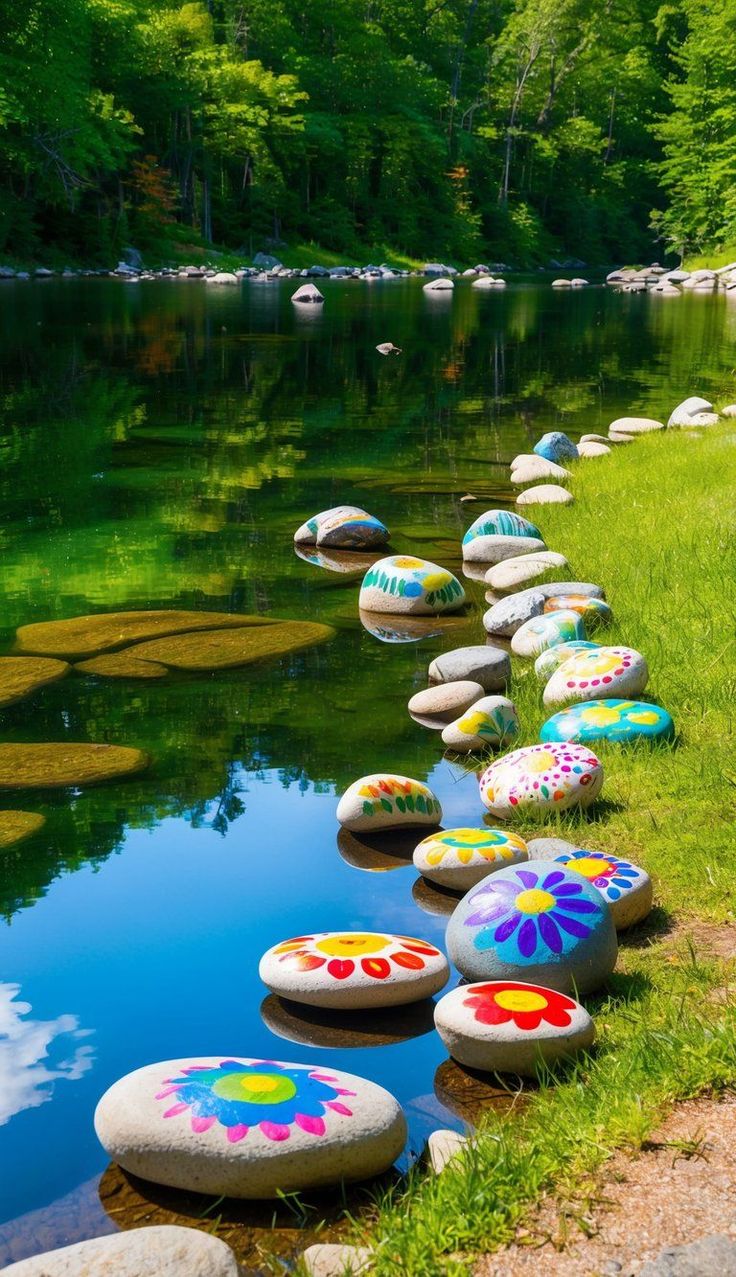
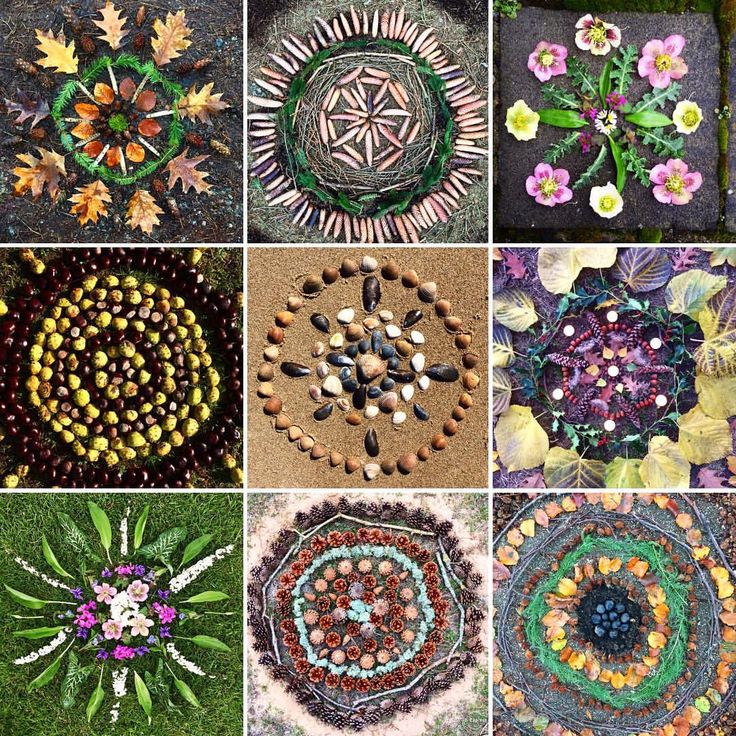
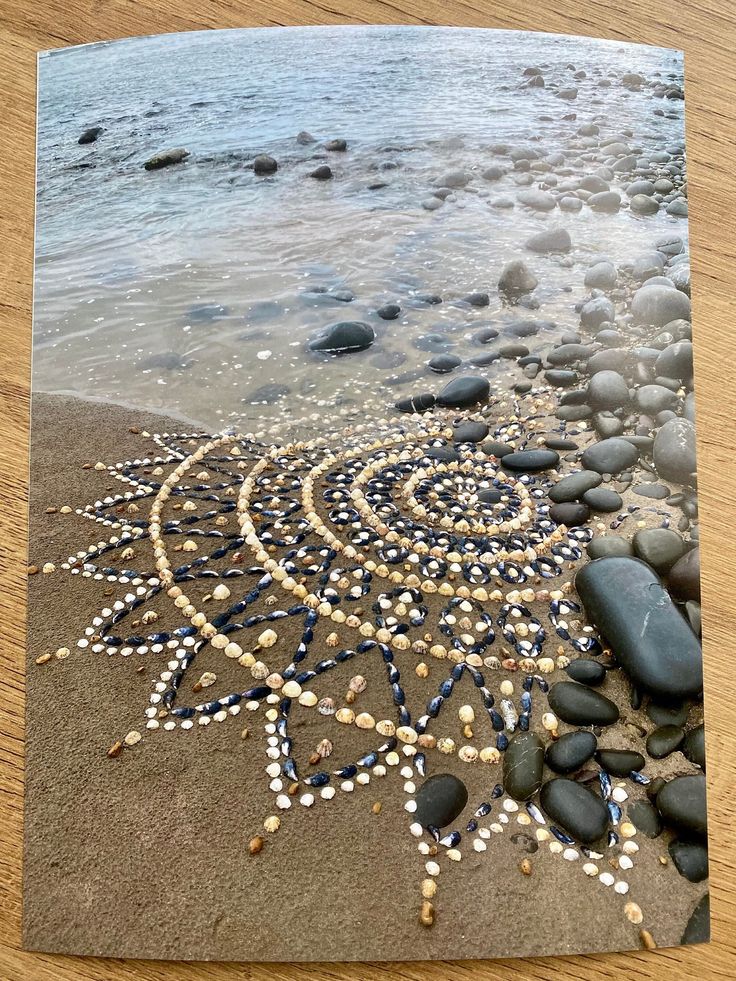
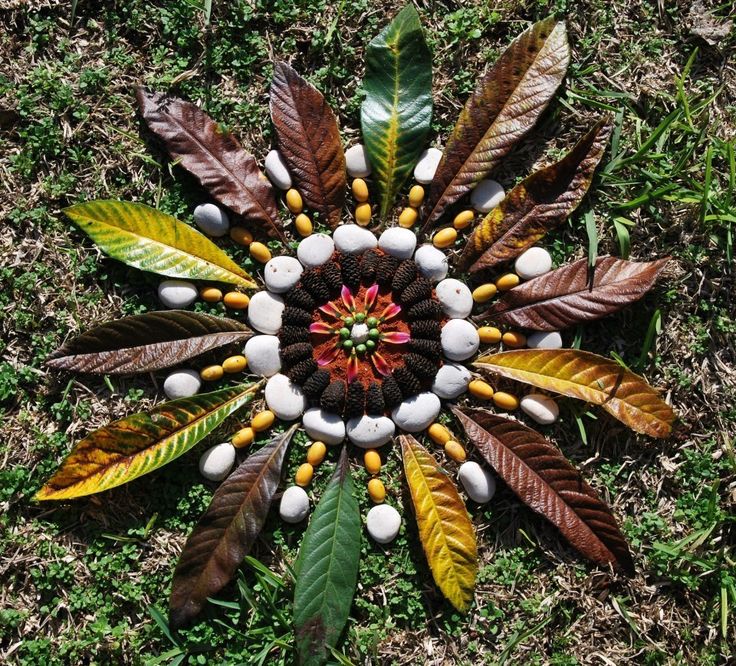
Key Artists and Works
- Robert Smithson – Spiral Jetty (1970)
Perhaps the most iconic Land Art piece. A 1,500-foot spiral made of basalt rock and earth jutting into Utah’s Great Salt Lake. Its form mirrors natural spirals in biology and geology. - Nancy Holt – Sun Tunnels (1973-76)
Four massive concrete tunnels placed in the Utah desert align with the sun during solstices, connecting cosmic time with human experience. - Michael Heizer – Double Negative (1969-70)
Two massive cuts into the Nevada desert symbolize absence and void. There is nothing added—only earth removed. - Walter De Maria – The Lightning Field (1977)
A grid of 400 stainless steel poles placed in a New Mexico plain, designed to attract and channel lightning. Viewable only by appointment and overnight stay. - Andy Goldsworthy
Known for more intimate and temporary Land Art works using ice, leaves, stones, and sticks, documented through photography. His pieces often disappear within hours or days.
The Role of Time and Nature
Unlike traditional art, which aims for permanence, Land Art is often created to be temporary, evolving, or eroded by natural forces.
- Rain washes it away.
- Grass grows over it.
- Ice melts.
This makes time and weather co-creators of the artwork.
The artist becomes a collaborator with the earth, and the final form may never be fixed.
Philosophy and Impact
Land Art is not just about making beautiful shapes on the ground. It’s a philosophical and ecological statement:
- Challenges anthropocentrism (human-centered thinking)
- Questions art ownership and consumerism
- Celebrates natural systems and cycles
- Encourages sustainability and conservation
In many ways, Land Art was ahead of its time, forecasting modern concerns with climate change and environmental degradation.
Modern Variations and Global Influence
Land Art has spread globally and evolved into new forms:
- Eco Art: Focused on restoration and sustainability
- Reclamation Art: Restoring damaged landscapes (e.g., mines, dumps)
- Participatory Projects: Involving communities in creation
- Digital Land Art: Satellite installations or works visible via Google Earth
In India, Japan, South America, and Africa, artists blend local traditions with Land Art to express cultural identity and environmental concerns.
How to Experience or Create Land Art
You don’t need a bulldozer or a desert to engage with Land Art. You can:
- Arrange stones or leaves in a meaningful pattern
- Create trails that reflect geometric or symbolic designs
- Make ephemeral sculptures in sand or snow
- Document your piece through photos or writing
The point is to be present in nature and leave something behind that honors it.
Final Reflection
Land Art is more than an artistic movement. It is a meditation on existence, a ritual of returning to the earth, and a reminder that the planet itself is the greatest canvas.
It invites us not just to look at art, but to walk through it, feel it underfoot, and know that we are part of something much larger.
Let Land Art be your invitation to listen to the wind, trace the curves of stone, and rediscover the art of being grounded.
“If you could create one Land Art piece, what would you use—stones, leaves, water, or sand? Share your vision in the comments.”
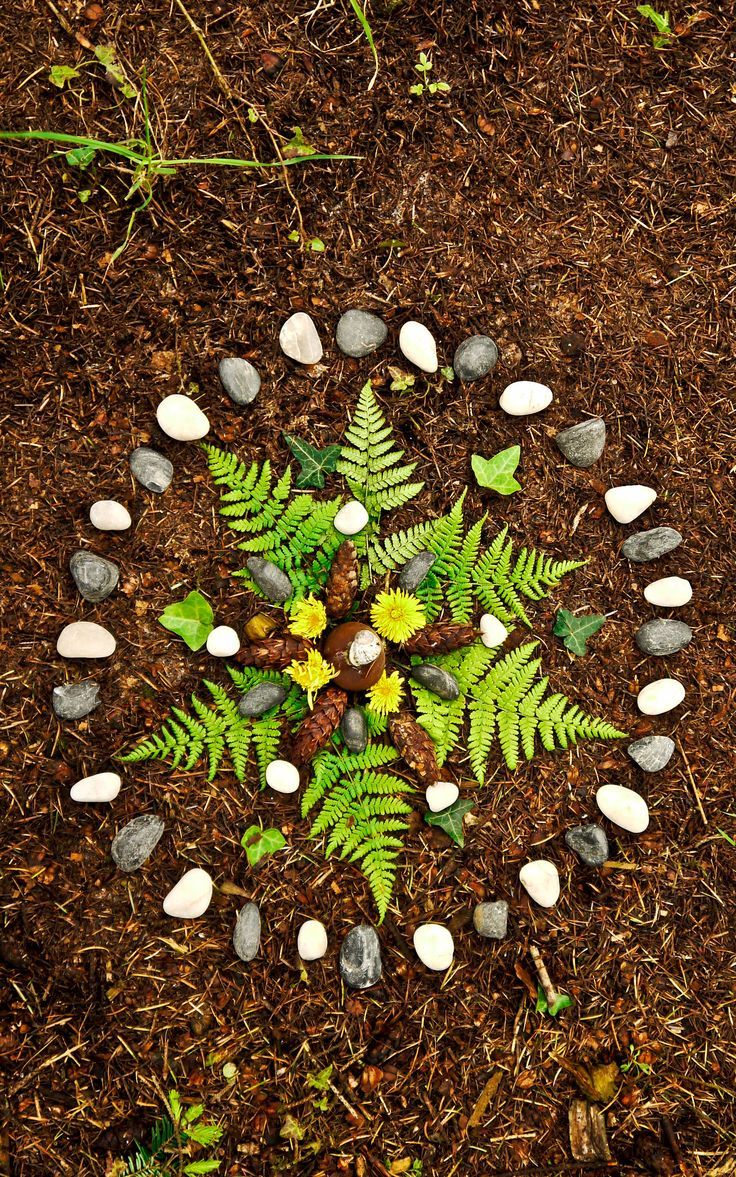
Leave a Reply